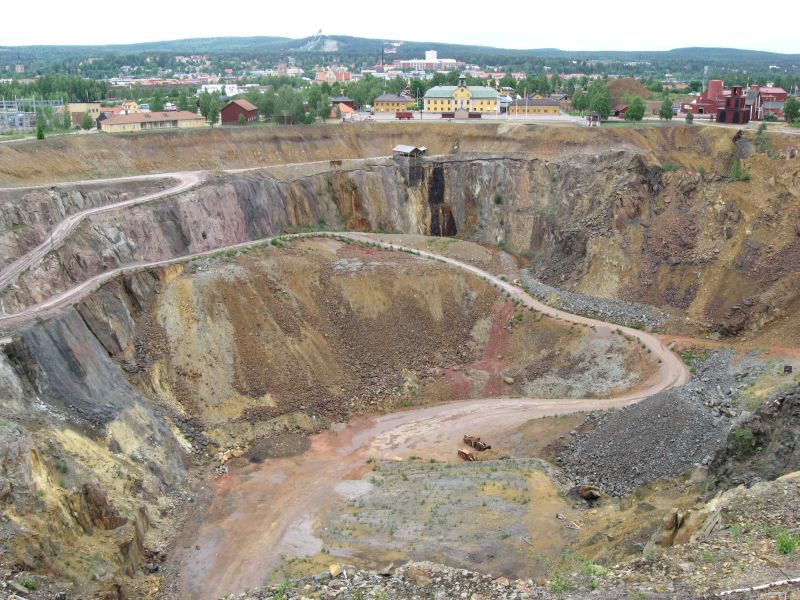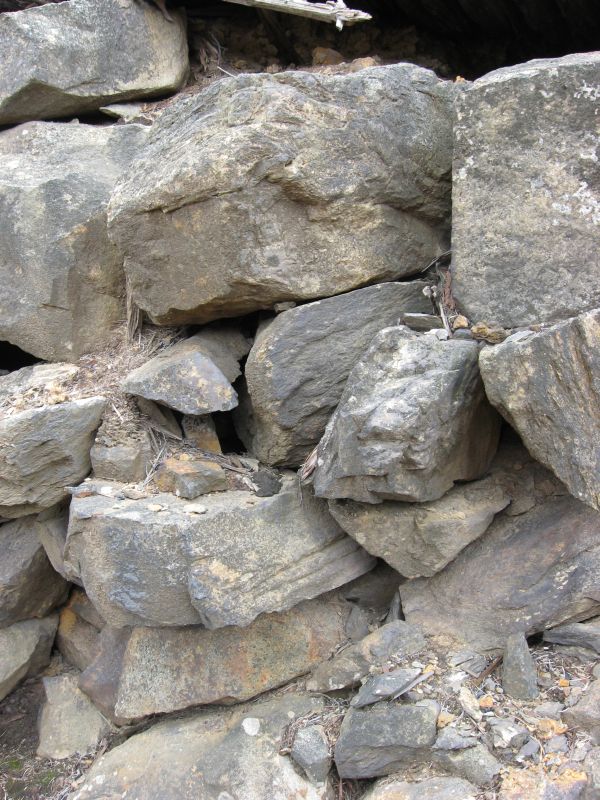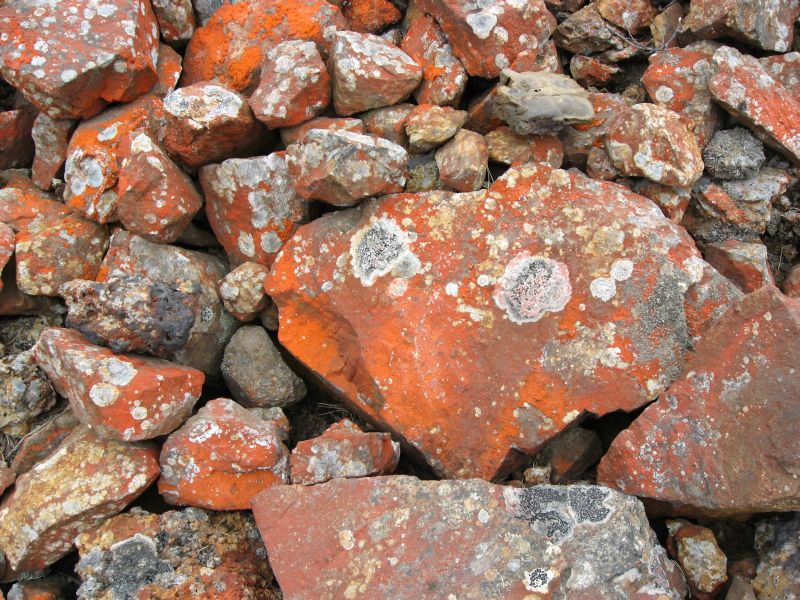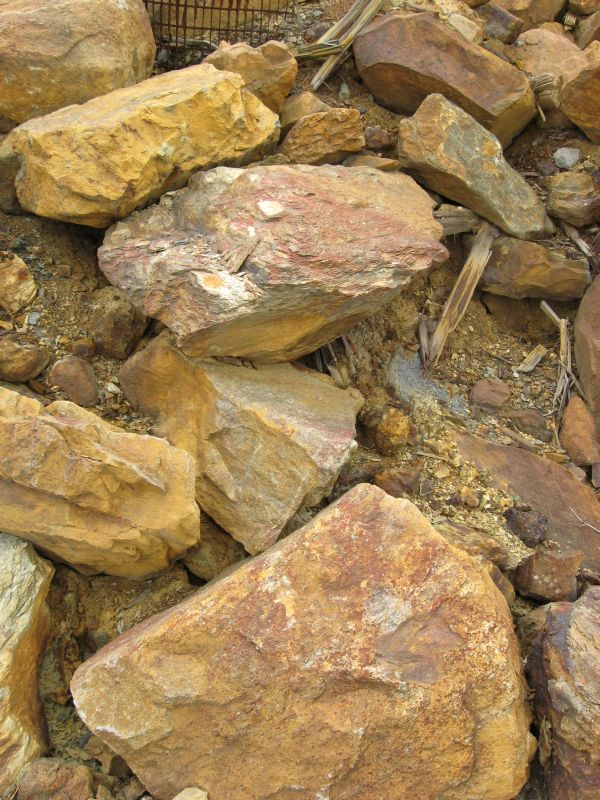Falu Gruva Earthcache
| I would be very thankful if you could write you email and
log in English. Nevertheless also Swedish email/logs are
welcome. |
This earthcache would like to bring you to the Unesco world
heritage site Falu Gruva. The Great Copper Mountain was a mine
in Falun, Sweden, that operated for a millennium from the 10th
century to 1992. It produced as much as two thirds of Europe's
copper needs and helped fund many of Sweden's wars in the 17th
century. Technological developments at the mine had a profound
influence on mining globally for two centuries. Since 2001 it has
been designated a Unesco world heritage site as well as a
museum.

Click for enlargement
Falun Mine consists of the open-cast mine called the Great
Pit, an underground visitor’s mine and several small mines
and shafts alongside the Great Pit, besides a maze of galleries
(tunnels), underground chambers and sunk shafts in the rock around
and under the mine area. The total length of the cavities is about
80 km, of which some 33 km is above today’s water level of
approximately –220 m. The maximum depth of the mine is 600 m
and the deepest shaft, Oscar, is 440 m. Falun Mine has been worked
since the end of the eighth century.
The Great Pit was created in 1687 by a huge cave-in. Dividing walls
and bottoms of three former open-cast pits collapsed to leave one
huge hole. Since then the pit has been extended through continued
mining and is now 95 metres deep and 350 metres
wide.

Click for enlargement
Sweden had a virtual monopoly on copper which it retained
throughout the 17th century. The only other country with a
comparable copper output was Japan, but European imports from Japan
were insignificant. Anyway compared with modern standards, the
production was not large. The peak production barely reached 3,000
tonnes of copper, falling to less than 2,000 tonnes by 1665 and
from 1710-1720 it was barely 1,000 tonnes per year. Present world
wide copper production is near 15 million tons per year. Copper
production was declining during the 18th century and the mining
company began diversifying. It supplemented the copper extraction
with iron and timber production. Production of the iconic falu red
paint began in earnest. In the 19th century, iron and forest
products continued to grow their importance. In 1881 gold was
discovered in the Great Copper Mountain, resulting in a short lived
gold rush. A total of 5 tonnes of gold would eventually be
produced.
But there was no escaping the fact that the mine was no longer
economically viable. On December 8, 1992 the last shot was fired in
the mine and all commercial mining ceased. Today the mine is owned
by the Stora Kopparberget foundation which operates the museum and
tours.



Click for enlargement
To
log this earthcache, perform the following
tasks:
- Make a mine walk around the Great Pit (1,5 km) and use the
information boards along your walk to answer the following
questions:
- What is the depth of the
Lovisamalmen?
- How many tons of pyrite, zinc, copper, lead, silver and gold
were produced in the mines?
- What was the first name of the mine?
- Go to the lookout point at the above coordinates. Please
take optional a photo of you or your GPS at
the lookout point.
